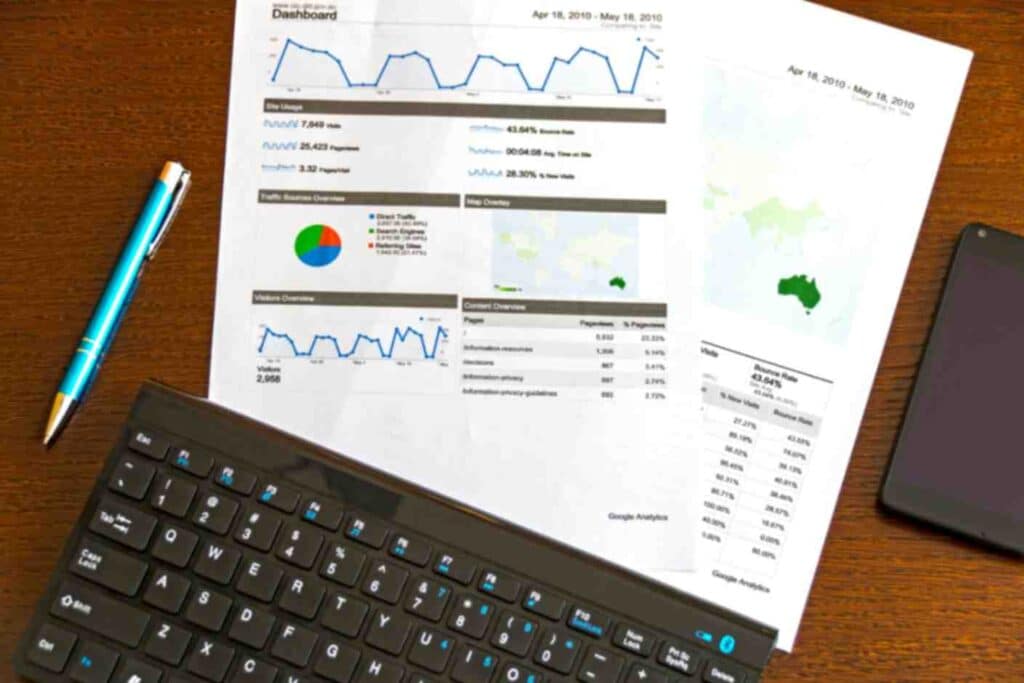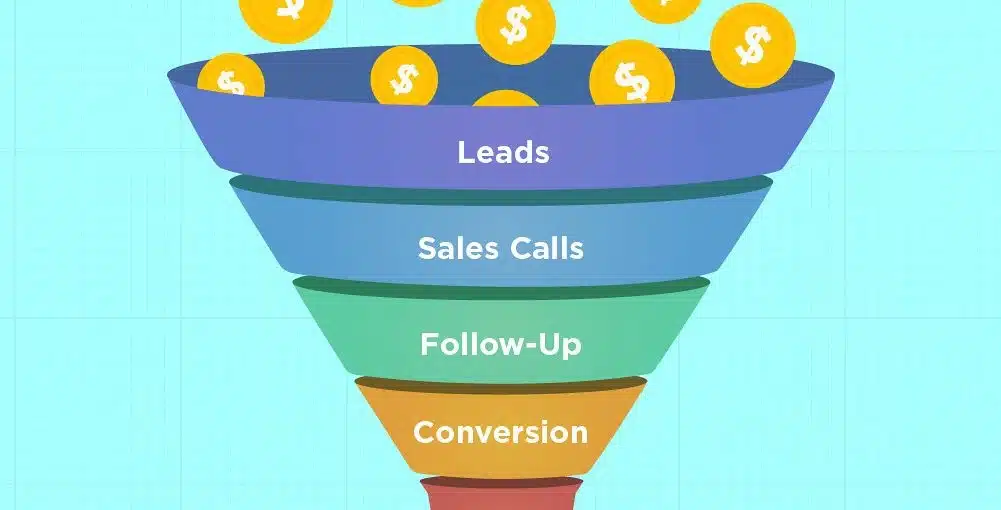Introduction
In the dynamic landscape of business, the sales process has evolved, and with it, the concept of sales funnels has become increasingly crucial. A sales funnel is a strategic framework that guides potential customers through a series of stages, ultimately leading to a conversion. In this comprehensive guide, we’ll delve into the intricacies of sales funnels, exploring their components, benefits, and best practices.

I. Understanding the Sales Funnel
A. Awareness Stage
The sales funnel begins with the awareness stage, where businesses aim to attract the attention of their target audience. Strategies such as content marketing, social media, and advertising play a pivotal role in creating brand awareness. The goal is to make potential customers aware of a product or service.

B. Interest Stage
Once awareness is established, the journey moves to the interest stage. Here, businesses strive to capture the interest of potential customers by providing valuable information, engaging content, and addressing their pain points. This stage is crucial for building a connection and establishing credibility.

C. Consideration Stage
In the consideration stage, potential customers actively evaluate the offerings. Businesses must provide in-depth information, customer testimonials, and comparisons to showcase the value proposition. This phase is about nurturing leads and guiding them toward making an informed decision

D. Decision Stage
The decision stage is the culmination of the funnel, where potential customers decide whether to make a purchase. Effective calls-to-action, persuasive content, and incentives are essential in this phase. Clear communication about product features, pricing, and benefits can significantly influence the decision-making process.

II. Components of a Sales Funnel

A. Top of the Funnel (TOFU)
The top of the funnel focuses on generating awareness and attracting a broad audience. Content creation, social media marketing, and paid advertising are key components at this stage. TOFU is about casting a wide net to capture potential leads.
B. Middle of the Funnel (MOFU)
The middle of the funnel is where leads are nurtured and relationships are developed. Email campaigns, webinars, and lead magnets become crucial tools for engaging with potential customers. MOFU aims to move leads from being merely interested to seriously considering a purchase.
C. Bottom of the Funnel (BOFU)
The bottom of the funnel is the conversion stage. Strategies like personalized offers, free trials, and direct sales efforts come into play. BOFU is the point where leads transform into paying customers, solidifying the success of the sales funnel.
III. Benefits of Implementing a Sales Funnel

A. Improved Efficiency
Sales funnels streamline the customer acquisition process, making it more efficient. By guiding leads through predefined stages, businesses can focus their efforts on the most promising prospects, optimizing time and resources.

B. Enhanced Lead Nurturing
Sales funnels provide a structured approach to lead nurturing. Businesses can tailor their communication and content to each stage of the funnel, addressing specific needs and concerns. This personalized approach fosters stronger connections with potential customers.

C. Data-Driven Decision Making
Analyzing the performance of each funnel stage allows businesses to make data-driven decisions. Metrics such as conversion rates, customer acquisition costs, and lifetime value provide valuable insights, enabling continuous improvement and refinement of the sales process.

D. Increased Revenue
A well-designed sales funnel can significantly impact revenue generation. By guiding leads through the funnel and optimizing conversion rates, businesses …

Conclusion

In conclusion, the sales funnel is a crucial framework for guiding potential customers through the buying journey, from awareness to conversion. This strategic approach allows businesses to understand and address the unique needs of prospects at each stage, ultimately maximizing the chances of a successful sale. The top of the funnel focuses on creating awareness and capturing the attention of a broad audience, while the middle of the funnel nurtures leads and builds relationships. The bottom of the funnel is where conversions happen, as prospects become customers.
A well-designed sales funnel not only streamlines the sales process but also provides valuable insights into customer behavior and preferences. Continuous analysis and optimization of the funnel help businesses adapt to changing market dynamics and enhance overall performance. By leveraging technology and data-driven strategies, organizations can refine their sales funnels, improve customer engagement, and boost revenue. Ultimately, a successful sales funnel aligns marketing and sales efforts, fostering a seamless and customer-centric experience that drives long-term success for businesses in today’s competitive landscape.
Written By- Sumit Kumar







